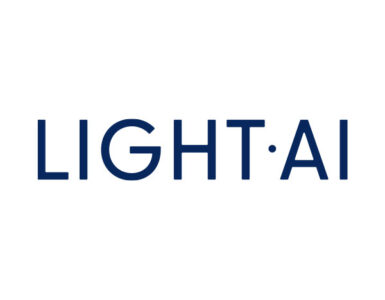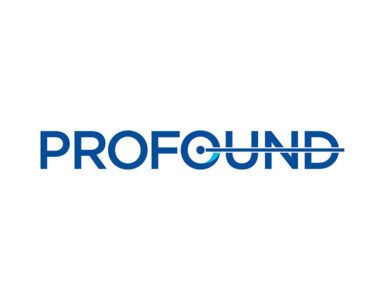
H.C. Wainwright initiated coverage of Swiss-based ObsEva (NASDAQ:OBSV) with a “buy” rating and $27 price target. The stock closed at $7.50 on June 29.
ObsEva is focused on women’s health issues. Its most valuable late-stage molecule, OBE2109, is a gonadotropin hormone-releasing hormone receptor antagonist, targeting uterine fibroids and endometriosis.
Analyst Raghuram Selvaraju writes that OBE2109, which was in-licensed from the Japanese firm, Kissei Pharmaceutical, outside Japan and certain other Asian countries, could be a preferred treatment.
He cites its flexibility for use at both a lower dose, which would not require add-back therapy with estrogen, and a higher dose that can be combined with estrogen; a favorable pharmacokinetic profile, with low volume of distribution that could lead to superior safety, compared with other agents in this class; and oral, once-daily dosing.
“In our view, OBE2109, which has entered Phase 3 for uterine fibroids and is in Phase 2b testing for endometriosis, could be launched in 2021 in the U.S. and 2022 in Europe, with peak sales of $1.3-billion in the ObsEva territories,” Mr. Selvaraju said.
Uterine fibroids, which are smooth muscle tumors in the wall of the uterus, are the most common type of tumor in the female reproductive system and afflict 75 million women, aged 15-to-50 in the U.S. alone. About five million women have significant pain and over 60% are inadequately treated with existing medications.
Another 75 million women suffer from endometriosis, a painful condition involving growth of endometrium, or uterine lining, outside the uterus. About six million women require chronic therapy.
Both uterine fibroids and endometriosis are associated with oft-uncontrollable bleeding and painful menstruation, which heavily impact quality of life and cause massive productivity loss through work absenteeism, Mr. Selvaraju said.






